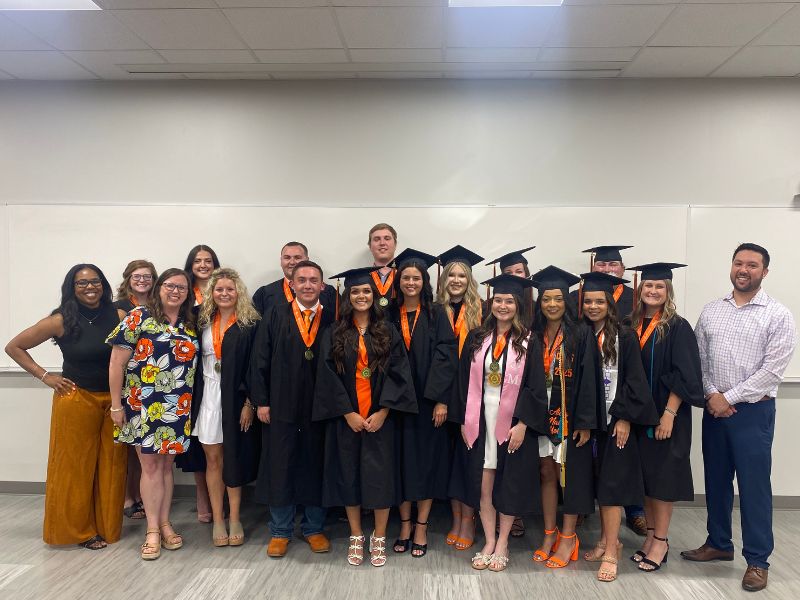Celebrating 20 Years of the Agricultural Leadership Program
Monday, June 2, 2025
The 2025-2026 school year marks the 20th anniversary of the agricultural leadership degree program at Oklahoma State University. During the past 20 years, the program has developed and changed, but one thing has remained the same: the family-like atmosphere among students, faculty and staff.
“With us being a smaller program, we have developed this culture where we care about you as a person, not just as a student or a number in our program,” said Lauren Cline, OSU agricultural leadership assistant professor.
The agricultural leadership program at OSU currently offers 16 courses for undergraduate and graduate students. The program started as a non-teaching agricultural education option and was turned into its own degree program by the work of former agricultural leadership faculty, Bill and Penny Weeks. Although the program is still relatively new, Cline said agricultural leadership skills have been taught for quite some time through various youth and adult agricultural programs.
“The history of the ag leadership degree comes from a lot of youth leadership development and adult programming related to leadership that really came out of agricultural education,” Cline said. “So, if you think back to 4-H and Extension and FFA, there has always been this emphasis on developing the leadership capacity of people.” The program now includes three faculty in agricultural leadership, Cline, Courtney Brown and Bradley Coleman, and who are all assistant professors.
A shift that has helped develop the program has been the growing relationship with Extension. Both Cline and Brown, are Extension appointments along with teaching agricultural leadership courses. Cline and Brown are able to conduct research regarding agricultural leadership and Extension, which has been beneficial to the program as well as the Extension space.
“We’re filling perhaps a void in Extension where work wasn’t done before as far as developing personnel capacity. You know, how do people become better coworkers? How do they become more effective in their roles as Extension educators? … We really are able to fill these gaps in OSU Extension with our work,” Cline said.
Aside from the online program and Extension work, students are choosing the OSU agricultural leadership program to learn skills, many of which are taken back to their home communities. While the program is home to both out-of-state and in-state students who pursue jobs outside of their hometowns, many students return to the rural communities where they were raised to become contributing members of society, Cline said.
“The impact they have after graduating isn’t so much about the job they take,” Cline said, “but that they’re going back home with a college degree. They’re better thinkers and problem-solvers, which then enables them to be a better contributor to their home community.”
With the continued growth of the program, the future looks bright for the agricultural leadership students at OSU, Cline said. Faculty are currently working on revitalizing and renewing some curriculum to stay up to date with the industry and the growing number of students, Cline said.
To learn more about the agricultural leadership program, please visit the website.

